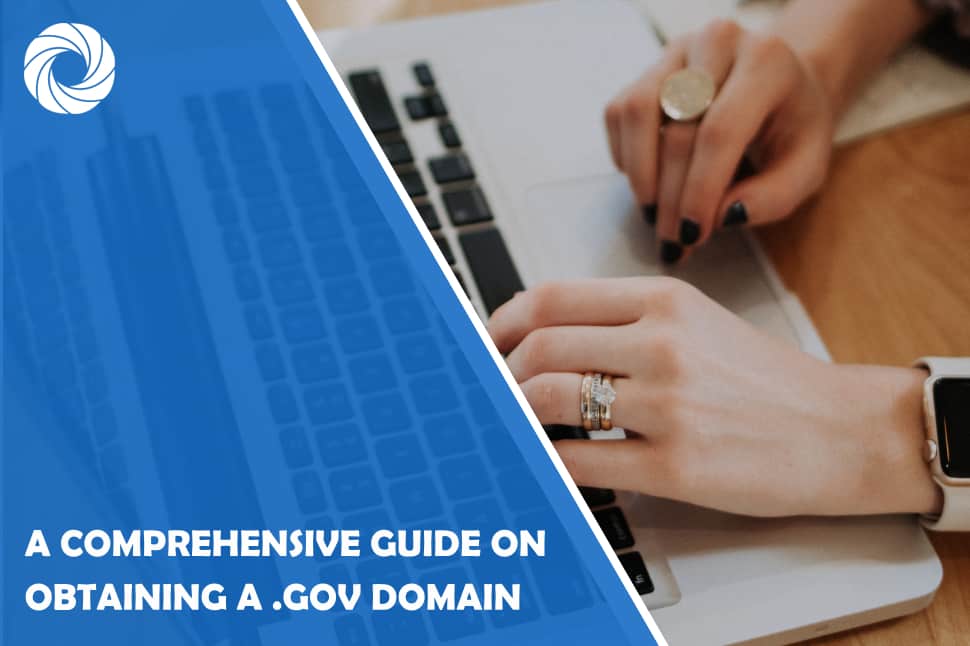In the realm of digital governance, securing a .gov domain is a significant step towards establishing a credible and official online presence. The process, governed by specific regulations and protocols, ensures that only legitimate government entities gain access to this prestigious digital identifier.
In this guide, we will delve into the intricacies of obtaining a .gov domain, outlining the steps involved and shedding light on the significance of this unique online designation.
What is a .gov Domain?
Before embarking on the journey to secure a .gov domain, it's crucial to understand the exclusivity and purpose behind these top-level domains. The .gov domain is reserved exclusively for U.S. federal, state, local, and tribal government entities. This exclusivity is in place to maintain the credibility and authenticity of websites associated with official government functions.
Eligibility Criteria
To obtain a .gov domain, an entity must meet specific eligibility criteria outlined by the General Services Administration (GSA), which oversees the .gov domain registration process. The primary eligibility requirements include:
- Government Affiliation: The entity must be a government organization at the federal, state, local, or tribal level.
- Authorization: The request for a .gov domain must come from an official representative with the authority to represent the government entity.
- Legal Standing: The entity must have legal standing as a government organization and operate under applicable laws and regulations.
How To Obtain A .gov Domain?
Follow the steps to obtain a GOV Domain:
1. Determine Eligibility
Before initiating the registration process, ensure that your government entity meets the eligibility criteria outlined by the GSA.
2. Designate an Authorized Contact
Identify an individual within your organization who will serve as the authorized contact for the .gov domain registration. This person should have the authority to represent the government entity.
3. Complete the Authorization Process
The authorized contact must complete the authorization process, which involves providing necessary documentation to verify the government entity's eligibility. This may include legal documents, official letterheads, and other relevant materials.
4. Submit the Request
Once the authorization process is complete, the authorized contact can submit the request for a .gov domain through the official GSA website (https://home.dotgov.gov/).
5. Verification and Approval
The GSA will review the submitted request and documentation to ensure compliance with eligibility criteria. Upon successful verification, the .gov domain request will be approved.
6. Domain Registration
Following approval, the authorized contact can proceed with the domain registration process. This involves selecting a suitable and available .gov domain name for the government entity.
7. Domain Management
Once registered, the government entity gains access to domain management tools to update and maintain the .gov domain as needed.
Significance of a .gov Domain
Securing a .gov domain goes beyond a mere online presence; it signifies an official and authoritative platform for government communication. Visitors to .gov websites can trust the authenticity of the information provided, recognizing it as an official government source. This level of trust is crucial for disseminating accurate information and fostering transparency.
Conclusion
In the ever-expanding digital landscape, a .gov domain stands as a symbol of trust and legitimacy. Navigating the process to obtain a .gov domain involves adhering to strict eligibility criteria and undergoing thorough verification by the General Services Administration. As government entities embrace the digital era, the .gov domain remains a cornerstone of their online identity, ensuring that citizens can access accurate and reliable information from official sources.
